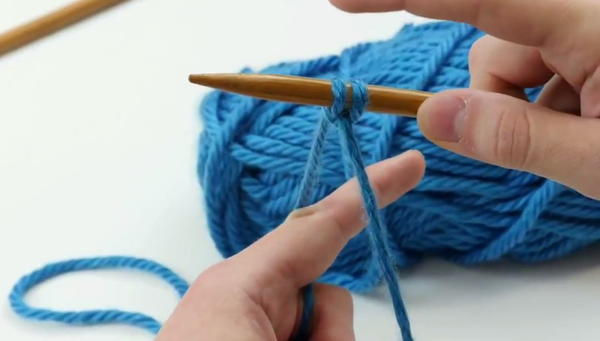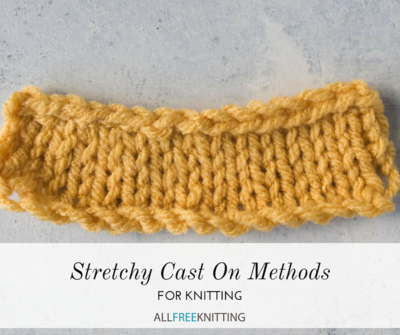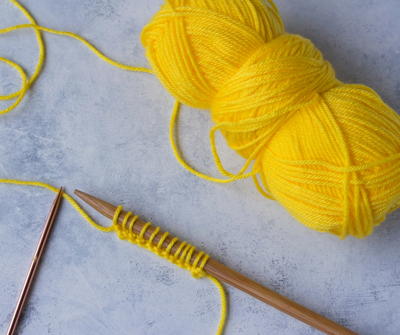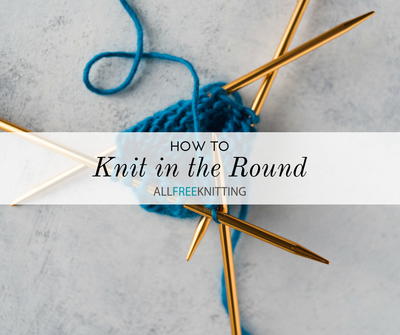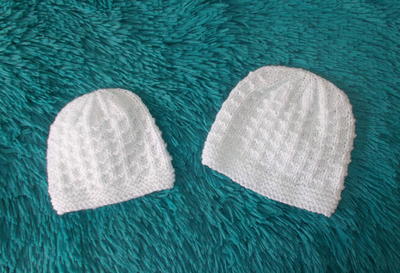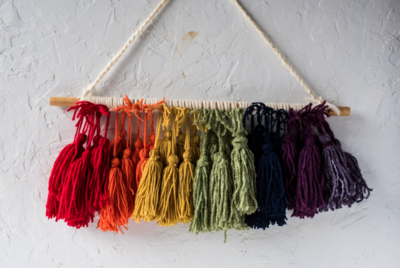How to Cast On (Knitting Class: Part 2)
Also sometimes called the butterfly method cast on, the longtail cast on is the first method most knitters learn!

Before you can begin making your stitches, you must cast on the proper number of stitches for your project.
In part 2 of this knitting class, you will learn how to make a slip knot to begin your cast on and how to complete a longtail cast on with straight needles.
The loops that are formed with a cast on are the beginnings of your first row of stitches. There are basically two ways to do a cast on -- a longtail cast on and a knit-on cast on.
Both of these options are great for beginners, but in this tutorial, we will be learning the longtail cast on. If you are interested in learning how to do a knit-on cast on (sometimes called a two-needle cast on), check out this tutorial.
Knitting Class: Table of Contents
How to Make a Slip Knot
The first thing you're going to do in any knitting pattern is make a slip knot. This is how you get the yarn on your needles and ready for casting on.
Watch: In this video Heidi Gustad will walk you through making your first slip knot. It's super easy!
Step 1
Measure out roughly how long the first row of your swatch will be and then add a few extra inches for a tail so that you know where to make your slip knot. This will be important later when you start casting on. For example, if you are making a swatch that's 5 inches wide, make your slip knot about 10-12 inches from the end of the yarn.
Once you've figured out where you want to make your slip knot, place the yarn in your non-dominant hand and hold it in place with your thumb.

Step 2
Take your working yarn, wrap it around your index and middle fingers and bring to the front to form an X.
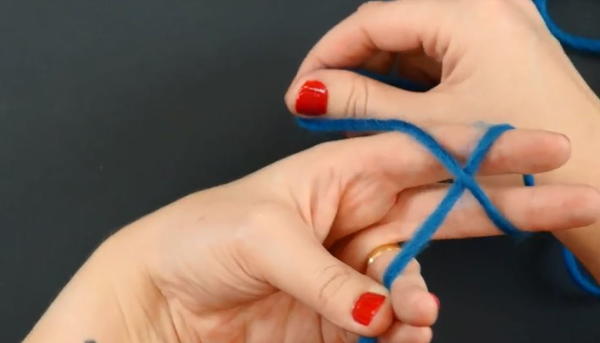
Step 3
Bring the working end of the yarn around the back of your index and middle fingers again and hold it with your ring finger, pinky, and thumb.
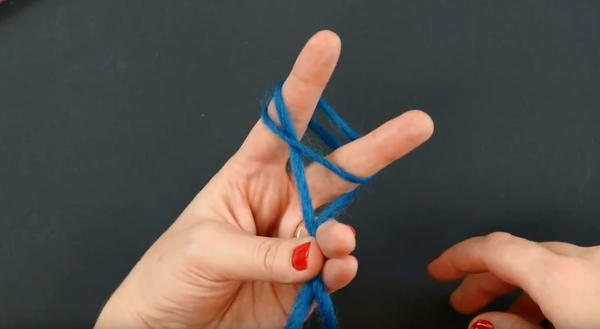
Step 4
Take one needle in your dominant hand and place it through the two loops of yarn, like this:
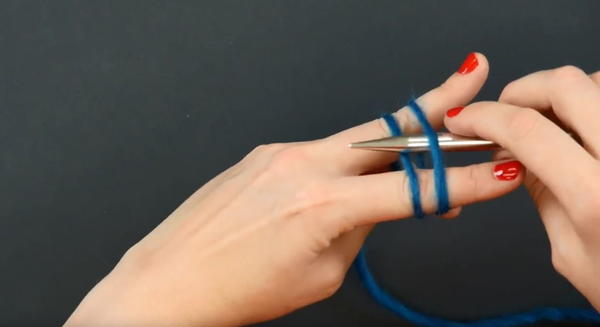
Step 5
Use the needle to pick up the bottom loop of yarn and bring it up and behind the other loop of yarn, like this:
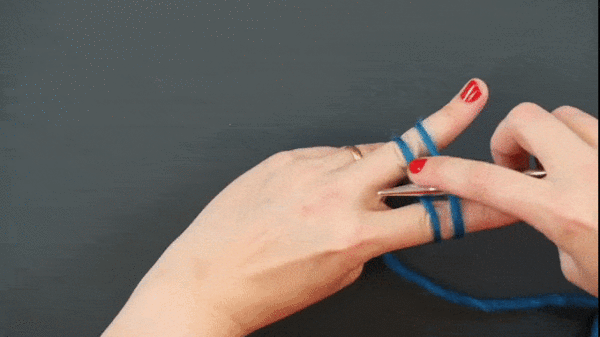
Step 6
Pull the needle up and release.

Step 7
Tighten the knot around the needle by pulling on the two strands of yarn, and you've got your very first stitch!
Now you're ready to start casting on.
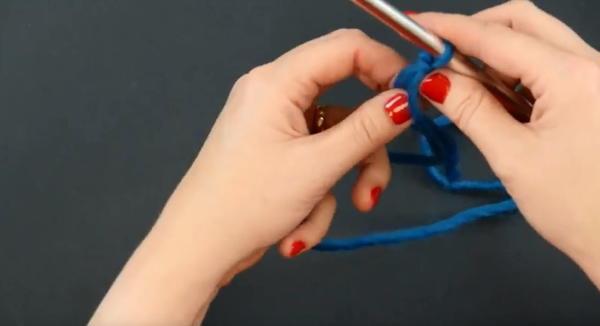
How to Cast On
There are many methods of casting on stitches, but the most common way for beginners to learn is the longtail cast on method.
Watch: The video below will show you how to do this super easy method of casting on. It might look complicated at first, but once you do a few stitches and get a rhythm going, you'll be casting on like a pro.
Step 1
The easiest and quickest way of casting on is the longtail cast on. It might look a little weird at first, but once you get the hang of it, you'll be knitting in no time.
In order to do this, however, you must leave a long tail of yarn, to use in the casting on process. Keep this in mind when making your first slip knot.
Step 2
To begin casting on, hold the knitting needle in your right hand with the tail of the yarn closest to you.
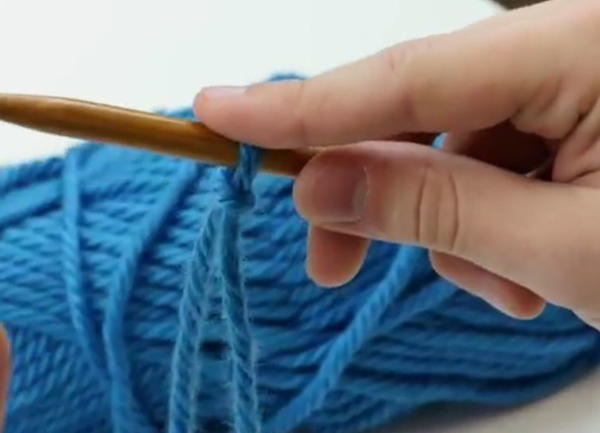
Step 3
Place your forefinger and thumb in between the working yarn and the tail. Then grab and secure both strands of yarn with your other three fingers.
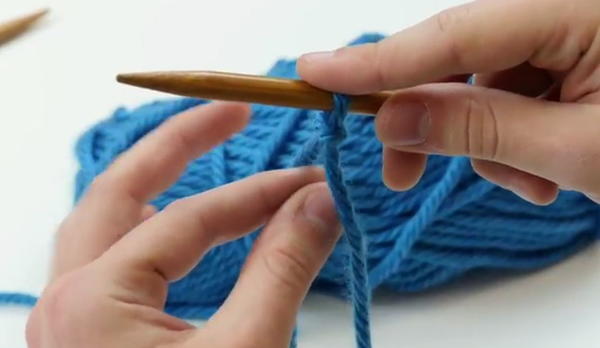
Step 4
Turn your hand so your palm is facing you. Bring the needle down to form an X with the strand of yarn around your thumb.

Step 5
Take your needle and bring it under the outside of the X around your thumb, and then bring it up and through the center.
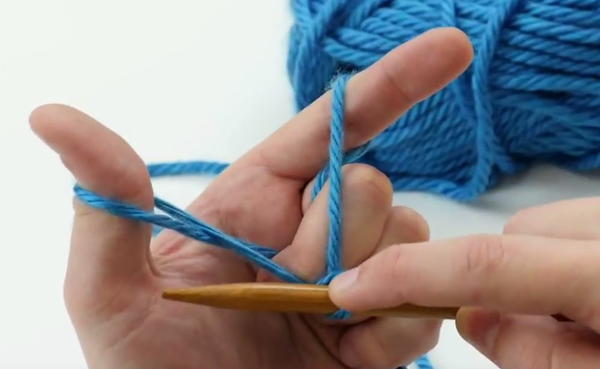
Step 6
Next, take your needle and pick up the strand of yarn around your forefinger from the outside.
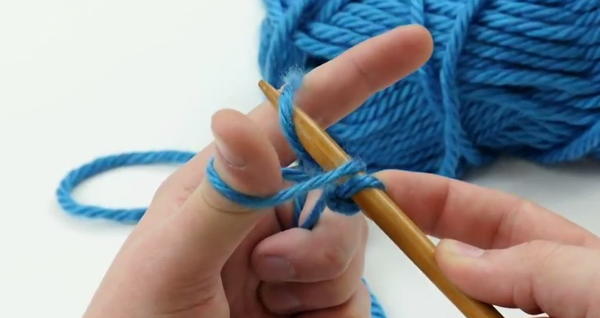
Step 7
Next, take your needle through the center of the X around your thumb from the top.
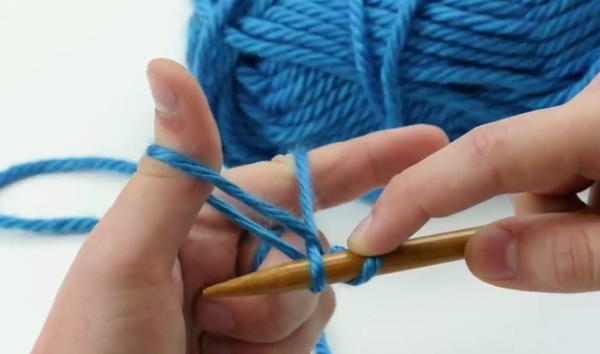
Step 8
Bring the needle down and through the X and use your thumb to bring the yarn over the top of the needle.

Step 9
Remove your thumb from the yarn and tighten.
That's one stitch! Repeat this until you have the proper number of stitches for your pattern.
